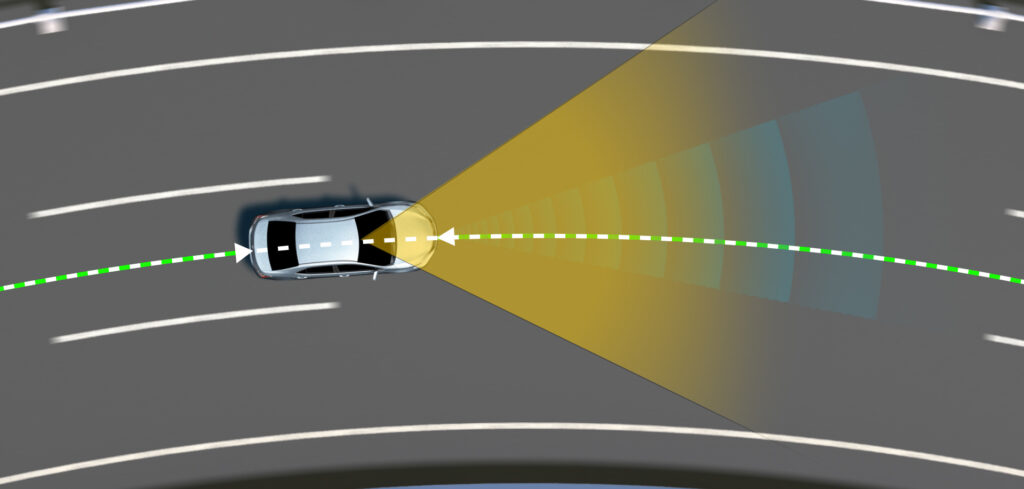Three new projects are being launched by Toyota’s Collaborative Safety Research Center (CSRC) to advance safety in mobility technologies. The research projects will see the OEM investigate driver support features for vehicle lane centering, the creation of an in-vehicle intervention prototype to promote safe driving, and the use of data to help improve technology to aid driver decision making to encourage safer driving behavior.
Through a collaboration with the Massachusetts Institute of Technology (MIT) Agelab, Toyota will establish metrics and evaluate the benefits of automated lane centering support. During this project, the research team will evaluate real-world data – gathered from volunteer drivers – to gain a better understanding of the primary and secondary advantages of automated lane-keeping assistance.
Another project will be carried out with the University of Michigan Transportation Research Institute (UMTRI) to investigate the development of “risky driving countermeasures” and pilot testing. This project will develop prototype in-vehicle interventions to encourage safe driving behavior and conduct evaluations with volunteer participants to test the effectiveness of proposed interventions.
The third project – conducted with Touchstone Evaluations – will research risk profiles and context in driver management. Driving research data will be used to quantify the relationships between personality, trip goals and risky driving behaviors, including speeding, hand-held device use and tailgating.
The new projects form part of Toyota’s five-year US$30m commitment to investigating diverse safety needs and analyzing inclusive mobility options which cater for various applications, physical characteristics and accessibility levels for individuals and society.
“Our new research projects exemplify CSRC’s dedication to our mission of improving safety in the automotive industry,” commented Danil Prokhorov, director of Toyota’s CSRC.
“By collaborating with researchers to study real-world problems related to mobility technologies, we aim to develop enhanced engineering tools and empower drivers to maximize the potential of advanced technologies.”


